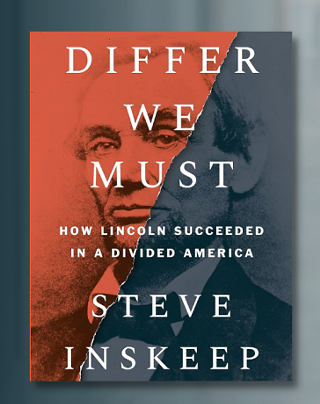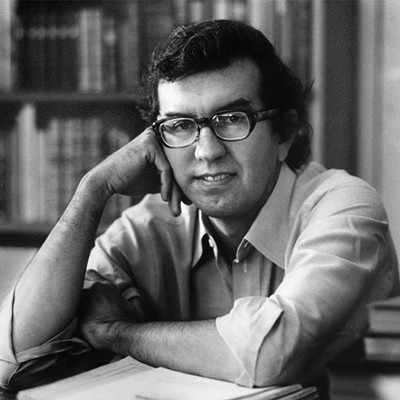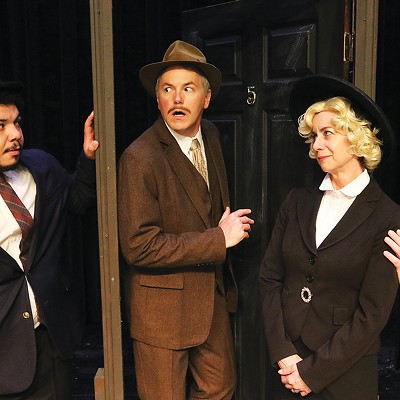There are many reasons why Steve Inskeep was poised to write a biography of Abraham Lincoln. Inskeep grew up in Indiana and attended college in Kentucky, both states where Lincoln lived. In his career as a journalist for National Public Radio, he has mastered the art of interviewing people with opposing viewpoints, just as Lincoln conversed with the opposition. Finally, he has written two previous books about American history: Jacksonland: President Andrew Jackson, Cherokee Chief John Ross, and a Great American Land Grab and Imperfect Union: How Jessie and John Frémont Mapped the West, Invented Celebrity, and Helped Cause the Civil War. Inspired by current political divisions in the United States, Inskeep sets out to discover how Lincoln handled them in his own time.
Abraham Lincoln's life is told through his relationships with 16 antagonists, including 10 white men, two black men, one Native American man, two white women, and possibly one black woman. Their interactions are presented in chronological order and divided into three groups: coalition, separation, union. Each person is assigned a descriptor such as provocateur, outcast, or sovereign and illustrated in one black-and-white image. Within each chapter is progression from a political struggle facing the country, to a brief biographical sketch of the individual adversary, to Lincoln's strategy for resolution, and finally the author's analysis.
For instance, westward expansion and the first transcontinental railroad became problematic for Native Americans, culminating in a meeting with Lincoln in 1863. The Cheyenne leader, Lean Bear, "was around 50, in a buffalo-hide buckskin war shirt. It was brain-tanned, with stripes and fringes decorating the sleeves. He wore his hair long and parted on his right, and he had a dignified expression that suited his role as a representative of the Cheyenne Nation. His speech was a masterpiece of subtle persuasion, beginning with a poetic expression of humility that Lincoln, master of humble expressions, would appreciate." Although Lincoln was aware of his administration's illegal treaty violations, he tried to persuade Lean Bear to adopt agriculture and get along with white settlers. Inskeep suggests the Civil War took precedence for Lincoln and he did not want to divert resources or risk another civil war by engaging more substantively in the issue. However, comparing Lincoln's similar dismissive response to Jessie Benton Frémont, a woman in the book, it is difficult to know if Lincoln was exercising political expediency or being ethnocentric and sexist. If he had lived longer, perhaps his views toward Native Americans and women would have evolved just as they had toward Blacks.
The theme of this book is like Team of Rivals: The Political Genius of Abraham Lincoln, written by Doris Kearns Goodwin. However, Inskeep's scope is broader and includes minorities. As a biography, details about Lincoln appear in other well-known, contemporary biographies, such as Michael Burlingame's Abraham Lincoln: A Life and David Herbert Donald's Lincoln. Yet Inskeep provides fresh insights, such as "he did the work others found dirty or beneath them" or "Lincoln is best seen in action with other people." Some of the most fascinating things I learned in this book were not about Lincoln at all. I learned that women served as clandestine soldiers in the Civil War and even received pensions. Also, some Native American tribes sided with the Confederacy. And William Florville, Lincoln's Springfield barber, was an orphan, never enslaved, and hosted Springfield's first Catholic mass in his home. Curiously, there is a chapter about Mary Todd Lincoln, in which the author states, "she loved politics, another thing that bonded them, but unlike her husband wasn't allowed to practice it or even to vote." These details about the other person illuminate new research findings, provide contextual complexity for Inskeep's arguments, and induce empathy toward overlooked historical actors. Most interactions end with both parties agreeing to disagree, and then Lincoln trying to accomplish his goal by other means, while at the same time appeasing the opponent. However, in one case Lincoln does lose his temper and tells a man to leave. Ironically, that occurred right after he won the Civil War. So, how did Lincoln do it? One argument Inskeep makes is that "it's impossible to know Lincoln's exact spiritual belief," but he did believe in fatalism and that people are shaped by circumstances and act in their own self-interest. This argument explains why Lincoln could accept opposing viewpoints without aggressively trying to change them, be patient and malleable during extreme division, and be shaped by his own circumstances and act in his own political and moral self-interest to end slavery.
I recommend this book to anyone interested in American history and politics. The author provides convincing arguments based on thorough research presented in a fluent writing style. Like Lincoln, Inskeep leaves it up to us to decide what we can do to coalesce our country's current divides.
Mary Frances is an Illinois Humanities Road Scholar and author of the book African Americans in Springfield.



















